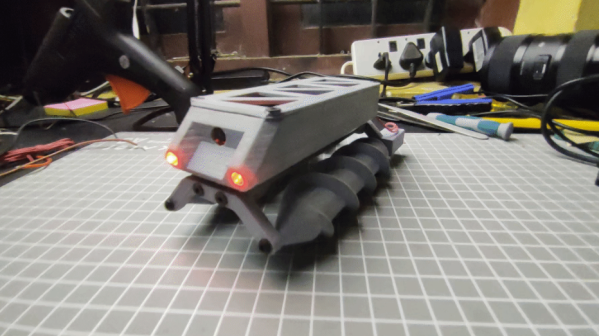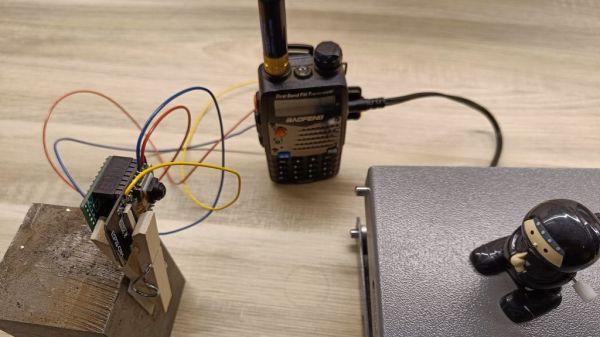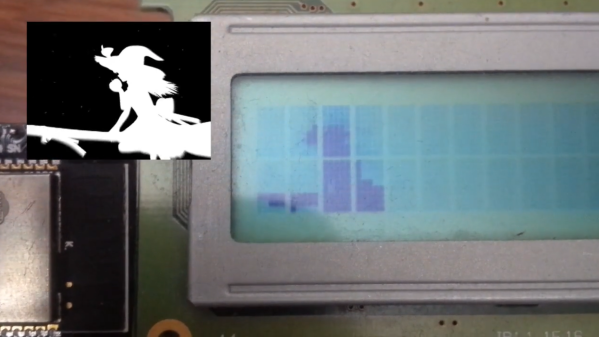Have you seen Severance? Chances are good that you have; the TV series has become wildly popular in its second season, to the point where the fandom’s dedication is difficult to distinguish from the in-universe cult of [Kier]. Part of the show’s appeal comes from its overall aesthetic, which is captured in this description of the building of one of the show’s props.
A detailed recap of the show is impossible, but for the uninitiated, a mega-corporation called Lumon has developed a chip that certain workers have implanted in their brains to sever their personalities and memories into work and non-work halves. The working “Innies” have no memory of what their “Outies” do when they aren’t at work, which sounds a lot better than it actually ends up being. It’s as weird as it sounds, and then some.
The prop featured here is the “WoeMeter” from episode seven of season two, used to quantify the amount of woe in a severed worker — told you it was weird. The prop was built by design house [make3] on a short timeline and after seeing only some sketches and rough renders from the production designers, and had to echo the not-quite-midcentury modern look of the whole series. The builders took inspiration from, among other things, a classic Nagra tape recorder, going so far as to harvest its knobs and switches to use in the build. The controls are all functional and laid out in a sensible way, allowing the actors to use the device in a convincing way. For visual feedback, the prop has two servo-operated meters and a string of seven-segment LED displays, all controlled by an ESP-32 mounted to a custom PCB. Adding the Lumon logo to the silkscreen was a nice touch.
The prop maker’s art is fascinating, and the ability to let your imagination run wild while making something that looks good and works for the production has got to be a blast. [make3] really nailed it with this one.
Thanks to [Aaron’s Outie] for the tip.
















